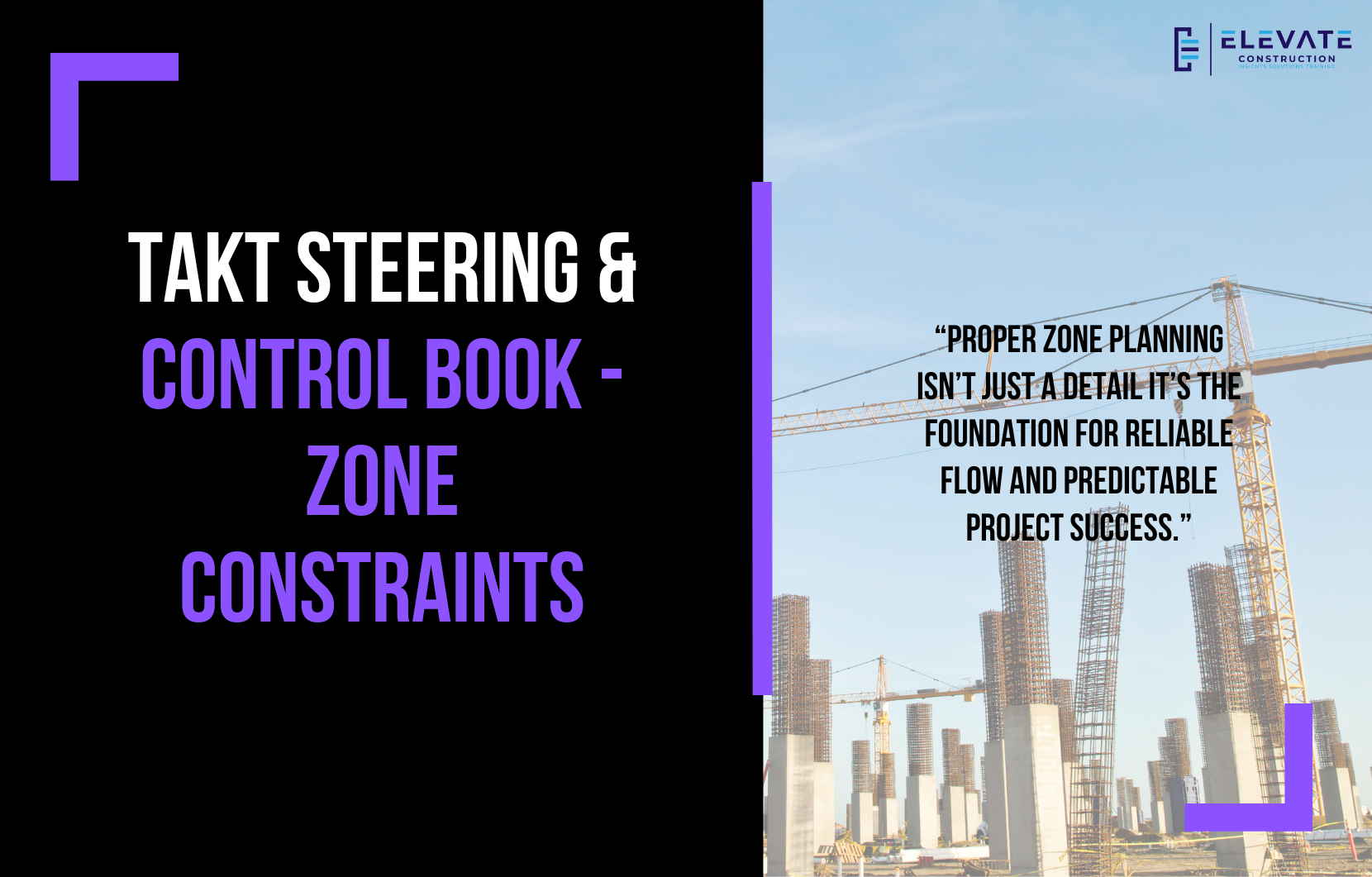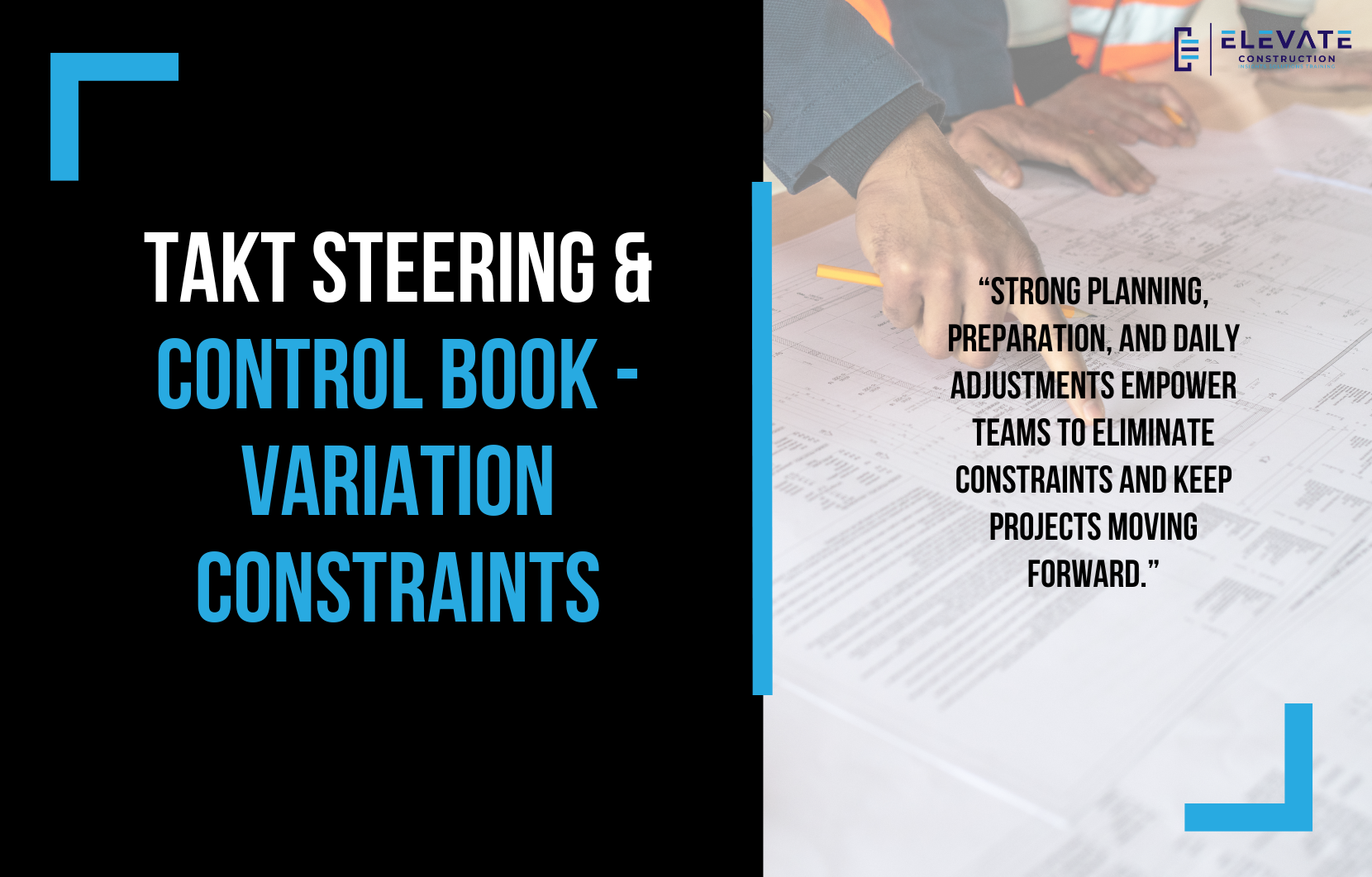I just got back from a two day lean operational excellence training with the Manhattan Construction team. Forty to fifty people, high energy, lots of learning. I am catching up and I am excited to be with Chris.
Chris has been my comfort blanket on the book. He comments on nearly every chapter and always adds a story that sharpens the point. Through our WhatsApp threads and chapter loops, I have come to respect his steady approach and his heart for people.
Chris started young in construction. His dad worked in the elevator trades and pulled him onto sites at sixteen and seventeen. Chris moved to Las Vegas, jumped into residential construction management, and fell in love with delivering homes to first time buyers. He loves the industry, the relationships, and the camaraderie.
Our theme is calm under pressure. When Chris came up as a young construction manager, old school supers told him he was not mean enough. He rejected the idea that you have to be a jerk to get results. His method is simple and hard at the same time. Be hyper organized. Be prepared. Communicate early and often. Send the schedule. Follow up a week before, a day before, and at 9 a.m. if the crew is not there. Build relationships and a reputation so crews fight to come to your job because it is ready, clean, safe, and respectful. He wants to be known as the superintendent who treats people well and runs a job they are proud to work on.
We talked about why a kind, considerate approach can annoy some people. Chris does not understand it either. He has had success without screaming and he can count on one hand the times he has raised his voice. These are the people who help us put food on our tables. We will see them again on another site or at the grocery store. The reputation we build follows us.
I added a lesson I learned the hard way. When you blow up, you break trust. A single outburst can cost you months of credibility. The deeper issue is often planning. Yelling is usually a symptom of poor preparation and weak communication. We get reactive because we did not think ahead.
We went deeper on respect for people. Reading Frederick Taylor’s The Principles of Scientific Management, with its contempt for workers, only hardened my conviction that people are not the problem. In three decades I have rarely seen a lazy crew as the norm. Most crews are overexerting inside broken systems. When leadership is toxic, people push back in predictable human ways. If we want calm under pressure, we must create rhythm, clarity, and clean conditions that make good work possible.
So how do we stay calm in the storm? Chris shared his practical routine. Arrive early before the noise. Walk the job while the phone is quiet. Stay a little late to reset the board and your head. Keep a running to do list. Push look aheads and confirm commitments in advance. Send schedules and reminders so the day does not surprise anyone. Family support matters too and he honors that.
I reframed it like this. Plan your way out of anger. Pre-kit the conflict before it arrives. Identify where tension will likely appear and address it upstream with information, crew size, sequencing, and clear handoffs. You do not have to lead by throwing hard hats when you have already removed the reasons to throw them.
We closed with scale. Chris loves the intimacy of our book group chat and wishes more builders could experience that kind of idea exchange and story sharing. He suggested more small, local one or two day events so people can study hard for a day and still get home to their families. I like it. Imagine a tight rhythm of sessions on personal organization, short and long term builder habits, planning, huddles, and superintendent tactics, all backed by a live chat community that continues the reps.
Chris’s final challenge was simple. Be grateful for the people around you. Be grateful for the families who support us. Be grateful for the crews who sweat so we can deliver. Treat them with respect. Be good. Do good. God bless.
Key Takeaway
Calm under pressure is not a personality trait. It is a system of early planning, clear communication, clean sites, and human respect that removes the need to yell. When we honor people and create rhythm, crews choose our jobs and pressure becomes fuel for disciplined execution.
If you want to learn more we have:
-Takt Virtual Training: (Click here)
-Check out our YouTube channel for more info: (Click here)
-Listen to the Elevate Construction podcast: (Click here)
-Check out our training programs and certifications: (Click here)
-The Takt Book: (Click here)
Discover Jason’s Expertise:
Meet Jason Schroeder, the driving force behind Elevate Construction IST. As the company’s owner and principal consultant, he’s dedicated to taking construction to new heights. With a wealth of industry experience, he’s crafted the Field Engineer Boot Camp and Superintendent Boot Camp – intensive training programs engineered to cultivate top-tier leaders capable of steering their teams towards success. Jason’s vision? To expand his training initiatives across the nation, empowering construction firms to soar to unprecedented levels of excellence.
On we go





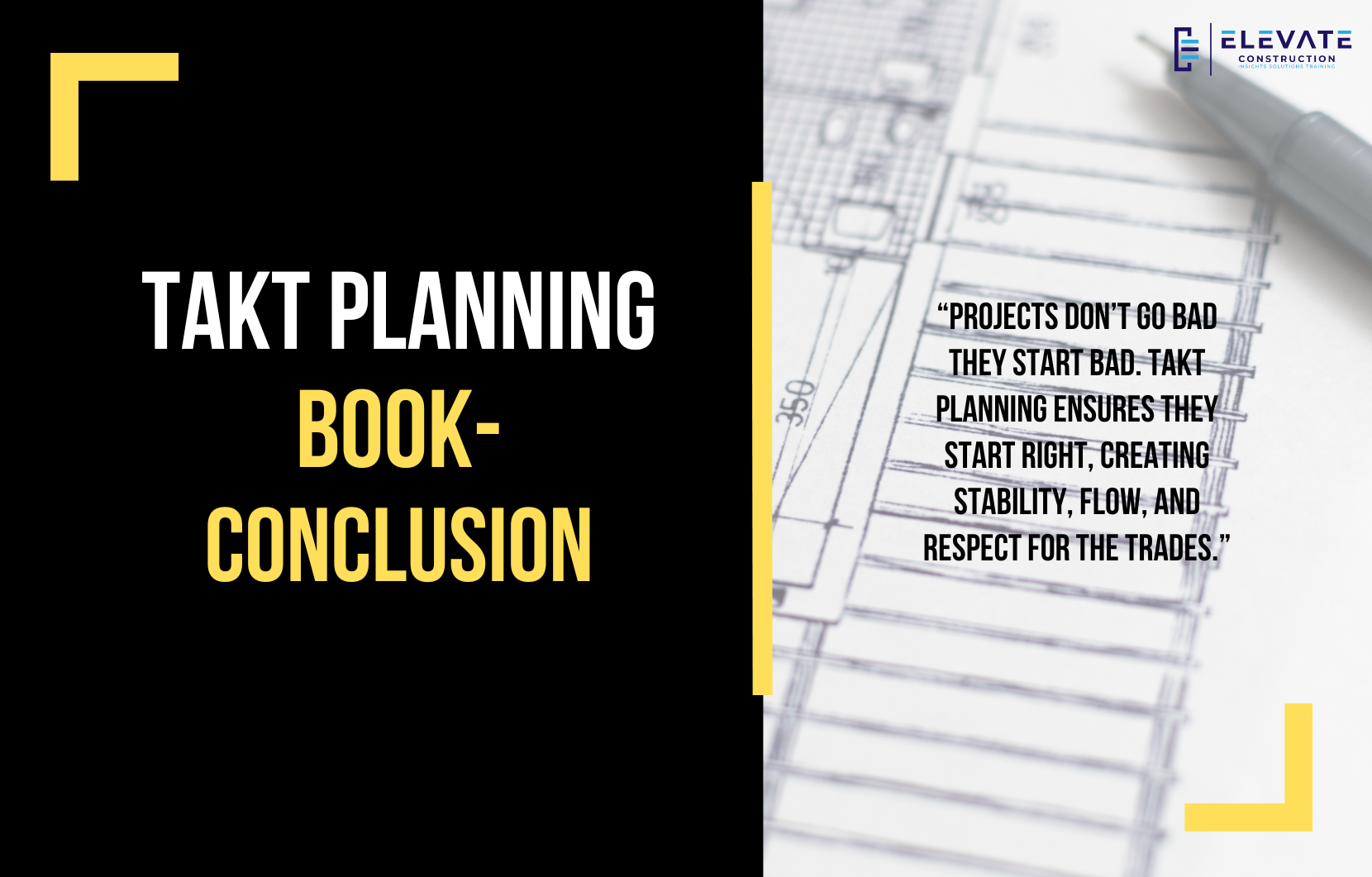
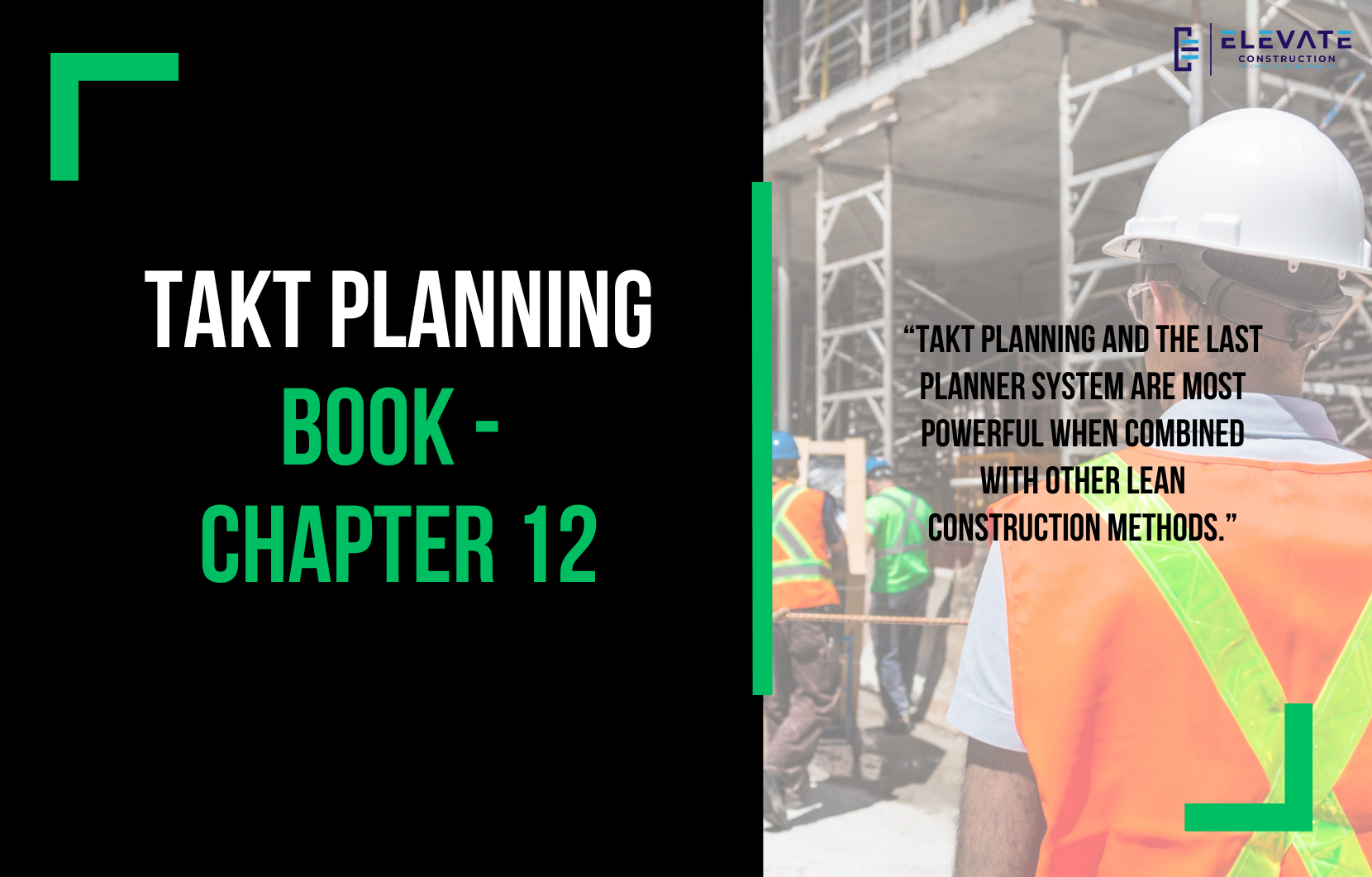
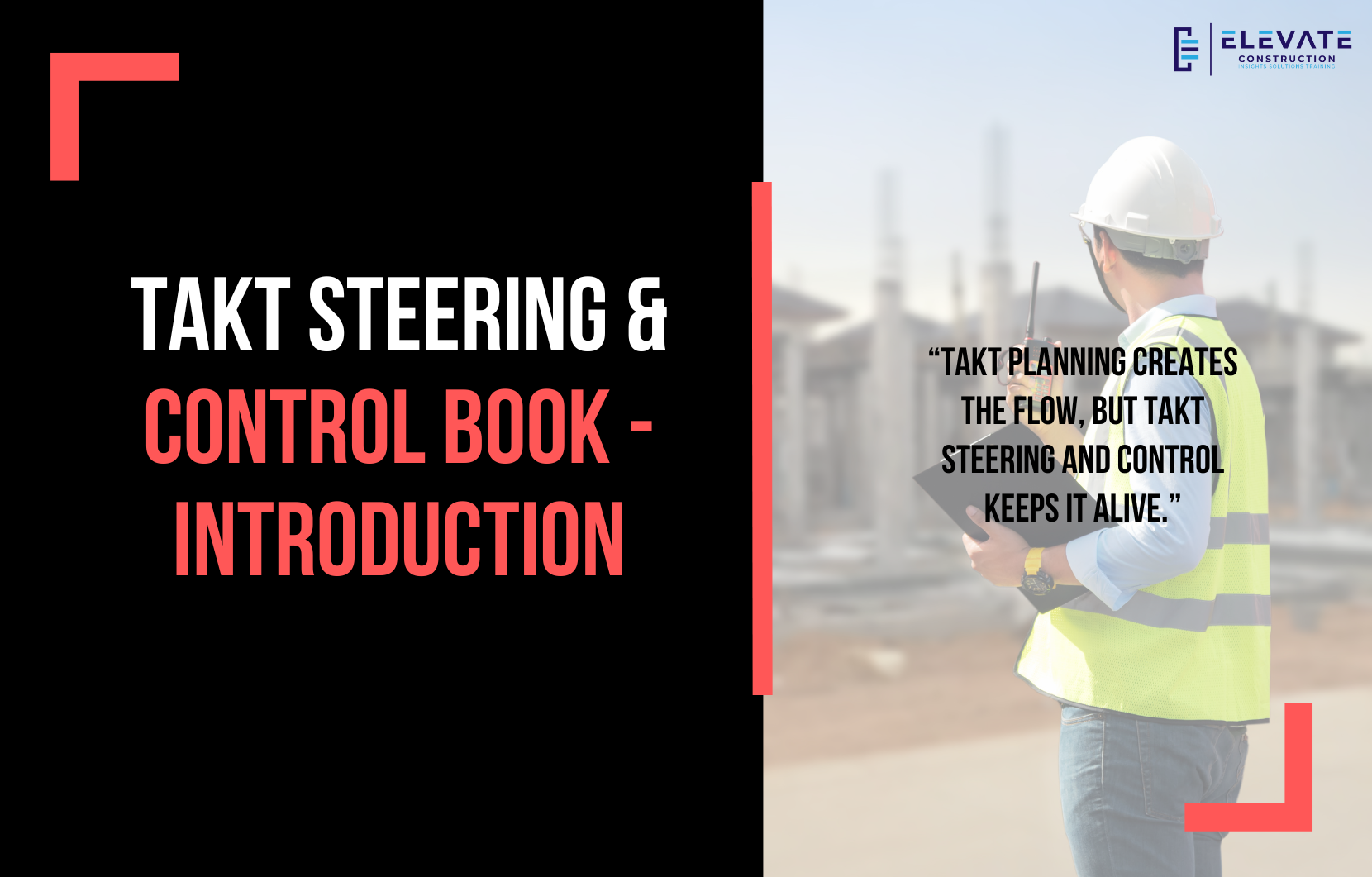
 If it’s about designing the tracks or managing the train itself, that’s Steering.
If it’s about designing the tracks or managing the train itself, that’s Steering.
